Emerging ESG Trends: What’s Shaping the Future?
The landscape of Environmental, Social, and Governance (ESG) is not only evolving but also accelerating at an unprecedented pace. Companies embracing these shifts stand to gain, while those ignoring them risk losing relevance in a rapidly changing world.
Here are 5 fresh ESG trends to keep an eye on as we move into the future:
1. Accountability Will Go Personal
The era of faceless corporate negligence is over. Leaders at the helm of companies with poor ESG practices will increasingly be held personally accountable. Stakeholders ranging from employees to investors will demand action and integrity at an individual level. Shareholder activism is already calling out CEOs who fail to prioritize sustainability. This will intensify.
Example:
In 2020, Rio Tinto a British–Australian multinational company and world's second largest metals and mining corporation, CEO Jean-Sébastien Jacques was forced to resign after shareholder backlash over the destruction of 48,000-year-old sacred Aboriginal rock shelters in Australia. It is said that the company failed to meet some of its own standards “in relation to the responsible management and protection of cultural heritage. This accountability trend will likely to grow more in coming years. (Read More)

2. Circular Economy Will Gain Momentum
(If you’re unfamiliar with the Circular Economy, don’t worry! We’ve shared a handy ESG Vocabulary guide, check it out here- ESG Vocabulary)
The "take, make, waste" model is giving way to a circular economy that emphasizes reuse, repair, and recycling. Companies will integrate circular practices into their supply chains, minimizing waste and maximizing resource efficiency. Major brands in fashion and tech are piloting take-back programs and upcycled products, setting a standard for others to follow.
Example: H&M Group’s Circular Design Strategy involves using recycled textiles and incentivizing consumers to return old clothes for recycling. (Read More).
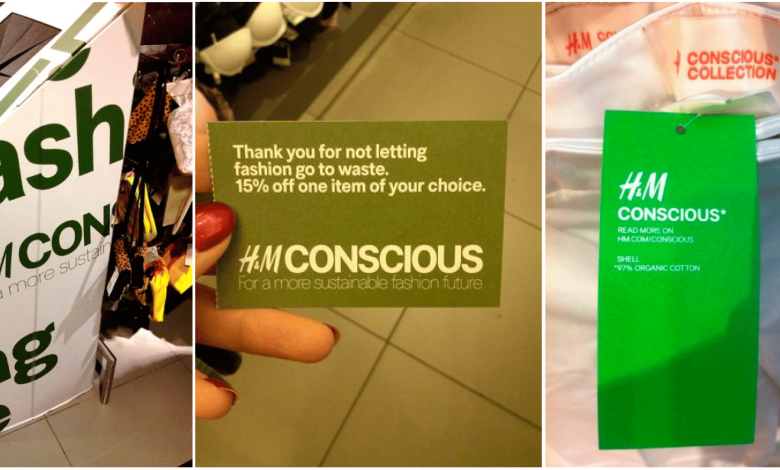
H&M Group has outlined its commitment to advancing a circular economy and achieving climate-positive goals by establishing a comprehensive roadmap for a 'circular ecosystem.' This initiative is built upon three core pillars:
- Circular Products: Designing durable products crafted from safe, recycled, and sustainably sourced materials whether naturally grown, cultivated, or produced using renewable methods that can be reused and recirculated multiple times.
- Circular Supply Chains: Developing systems to facilitate product recirculation while supporting circular production processes and material flows.
- Circular Customer Journeys: Creating accessible opportunities for customers to participate in circular fashion through increased product usage, repair, reuse, and recycling.
H&M Group joined the Ellen MacArthur Foundation’s Network in 2015. In 2016, the group announced its ambition to become a circular business and achieve net zero by 2040. Read more (Read More)
3. Biodiversity Will Take the Spotlight
While carbon emissions dominate the ESG conversation, biodiversity is fast becoming a priority. Protecting ecosystems and integrating biodiversity goals into corporate strategies will be essential for long-term sustainability.
Example: 1- Unilever’s Regenerative Agriculture Principles aim to protect soil health and biodiversity across their supply chain. (Regenerative agriculture is a farming approach that focuses on restoring and enhancing the health of ecosystems and soil, rather than just extracting resources from them)
Unilever has set a goal to implement regenerative agriculture practices across 1 million hectares of agricultural land by 2030. By the end of 2024, Unilever had implemented regenerative agriculture practices across 130,000 hectares globally, and their Foods business aims to cover 550,000 hectares by 2027. Unilever’s new project map shows our progress across Europe, Asia and the Americas. (Read More)
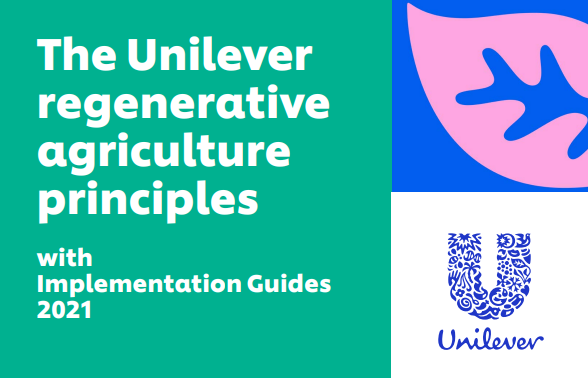
2. Kering, the luxury brand group, has pledged to achieve a net-positive biodiversity impact across its supply chain by 2025. Kering S.A. is a French multinational holding company specializing in luxury goods, headquartered in Paris. It owns the brands Yves Saint Laurent, Gucci, Balenciaga, Bottega Veneta, Creed, Maui Jim, and Alexander McQueen.
Kering’s biodiversity strategy outlines steps to not only minimize biodiversity loss across the Group’s global supply chains, but also support nature and create net positive conservation. The strategy encourages the prevention of biodiversity degradation, the promotion of sustainable and regenerative farming practices favoring soil health, and the protection of global ecosystems and forests that are vital for carbon sequestration. (Read More )
4. Localized Solutions Will Gain Traction
Global solutions are essential, but companies will also adopt localized approaches to address regional ESG challenges. Whether it's water conservation in drought-prone areas or renewable energy in remote locations, place-based solutions will drive impact. Community-centric projects will see a surge, with partnerships between businesses and local governments.
Example : In 2010, the nonprofit TechnoServe, which specializes in business solutions to poverty, partnered with the Gates Foundation and The Coca-Cola Company to launch Project Nurture aimed to help more than 50,000 small-scale mango and passion fruit farmers in Kenya and Uganda to double their fruit incomes. (Read More )
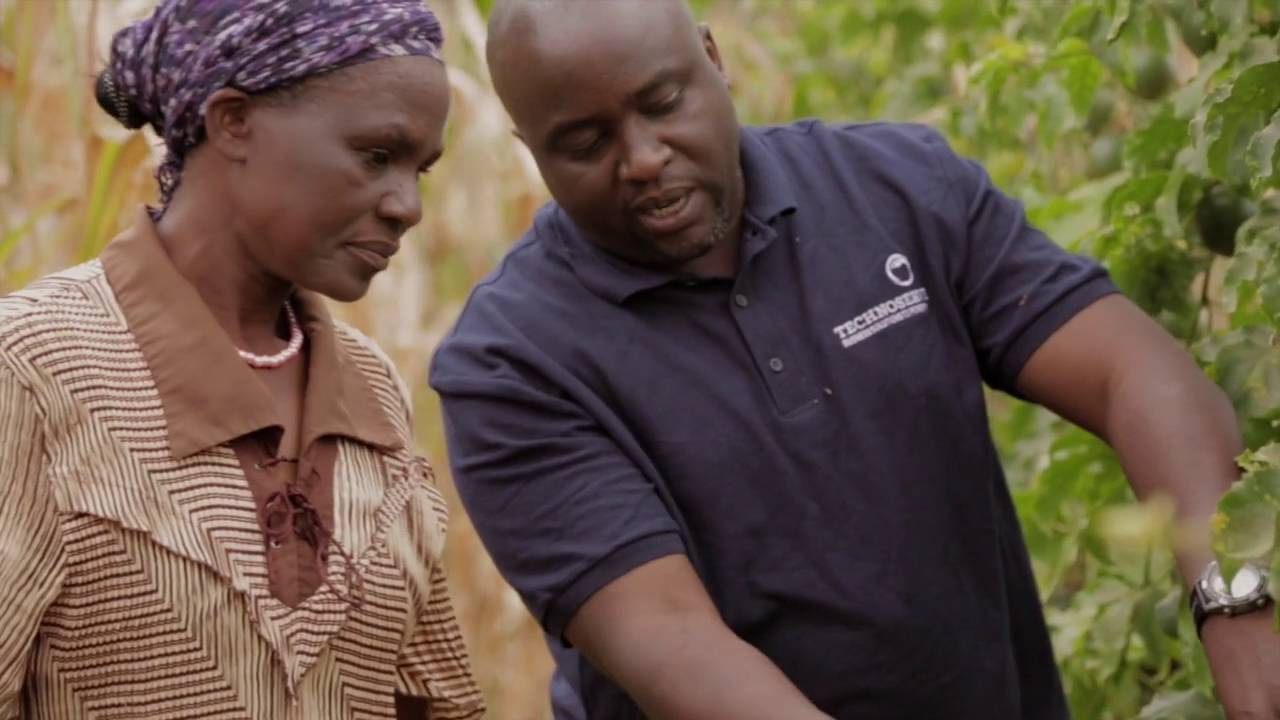
How it's helping Coca-Cola ? Project Nurture exemplifies stakeholder capitalism by empowering over 50,000 small-scale mango and passion fruit farmers in Kenya and Uganda, helping them double their incomes. By integrating these farmers into its supply chain, Coca-Cola not only enhances economic stability in local communities but also creates a ripple effect of improved livelihoods and regional development.
This initiative also highlights Coca-Cola’s commitment to earning a social license to operate, as the company collaborates closely with community leaders, non-governmental organizations, and global partners like the Bill & Melinda Gates Foundation.
(If you are stuck at words like social license to operate, stakeholder capitalism etc. . don’t worry! We’ve shared a handy ESG Vocabulary guide, check it out here- (ESG Vocabulary)
5. Supply Chain Scrutiny Will Intensify
Global supply chains will face heightened scrutiny. Stakeholders will demand visibility into how products are sourced, manufactured, and delivered, pushing companies toward more ethical and sustainable practices.
Example: Apple's Supplier Responsibility Program exemplifies its commitment to enforcing high ESG standards across its supply chain. In 2022, Apple conducted third-party evaluations across more than 50 countries, ensuring labor and environmental compliance. Suppliers failing to meet ESG requirements were removed, reaffirming Apple’s zero-tolerance policy toward violations.
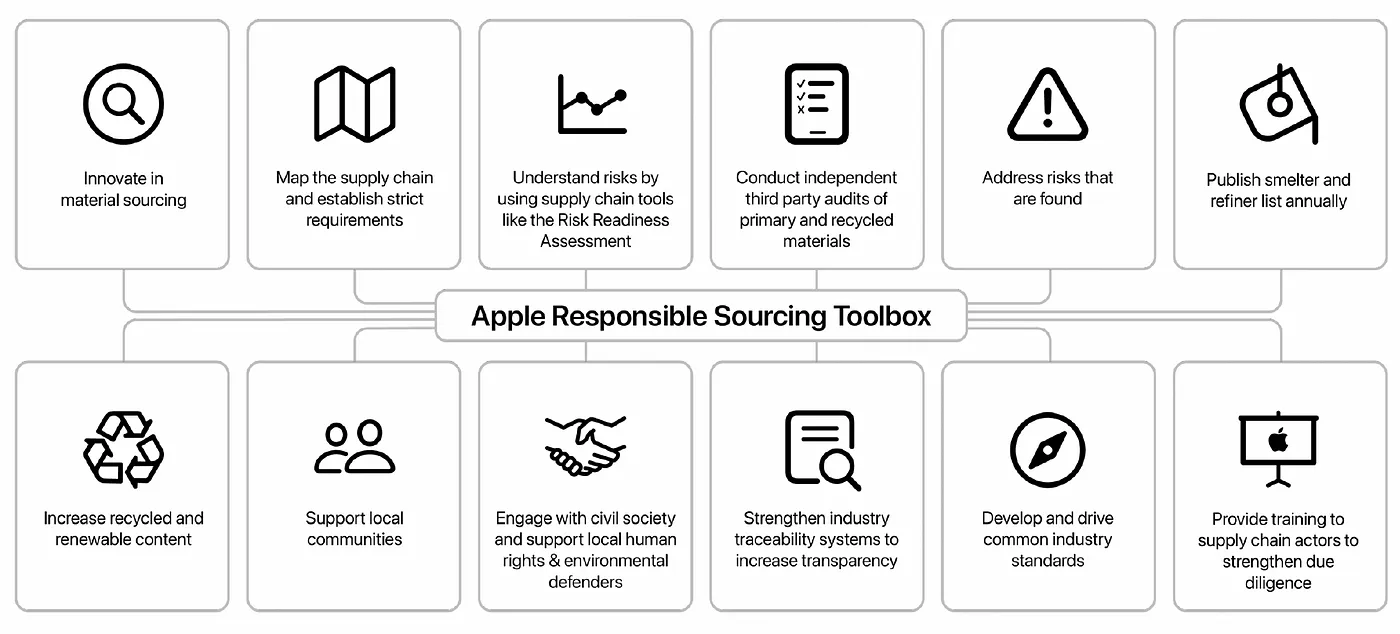
The $6 billion losses Apple faced in 2022 due to supply chain disruptions catalyzed a robust response: Apple diversified its supplier base to avoid over-reliance on any single partner. Through its clean energy initiatives, Apple and its suppliers are saving over 16.5 GW of electricity annually. By 2022, Apple achieved a significant milestone by using only 3% plastic in its product packaging and transitioning to recycled and renewable materials. (Read More)
ESG is no longer a secondary consideration; it’s a defining factor in how businesses are perceived and operate. From biodiversity to employee advocacy, these trends reflect the growing integration of ESG into the DNA of successful companies.
The question is: Are you ready to embrace the ESG trends shaping our future?
Stay tuned for more, where we explore groundbreaking ESG initiatives from leading companies and uncover how they’re setting new benchmarks for a sustainable tomorrow.
You won’t want to miss it!


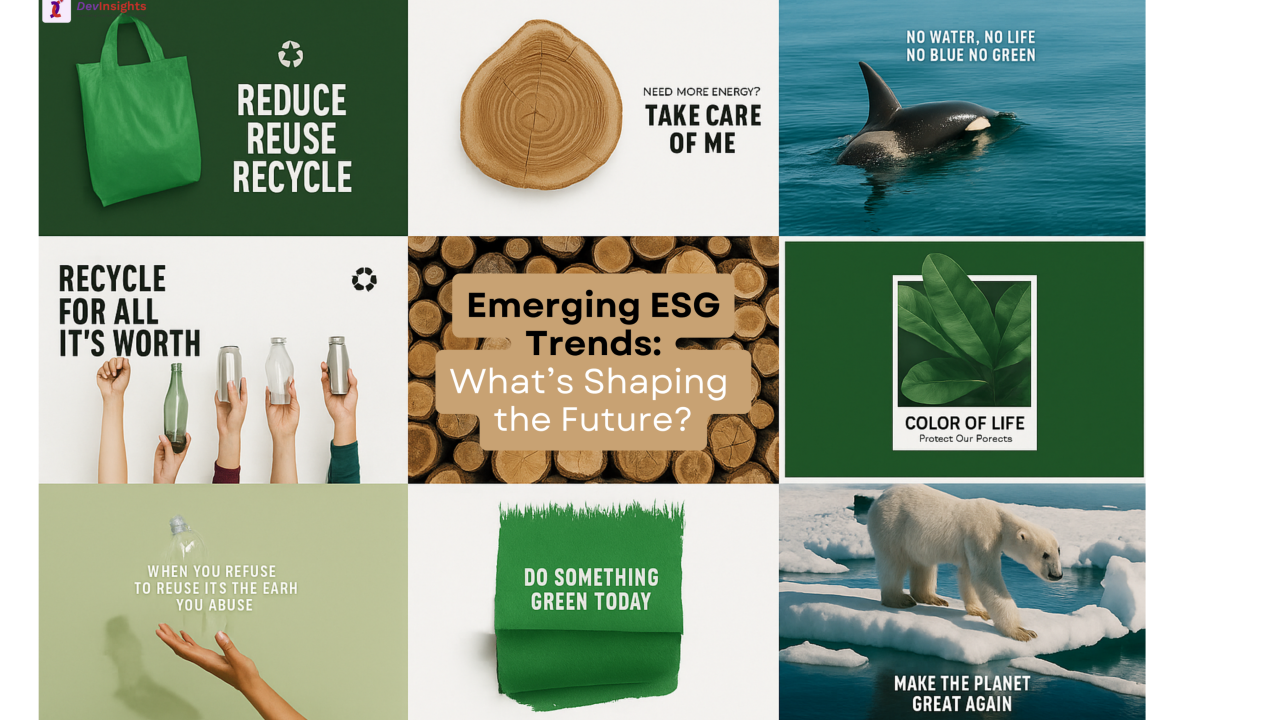



.jpg)
.jpg)
.jpg)

